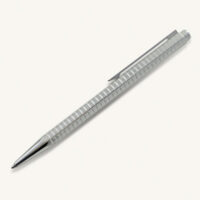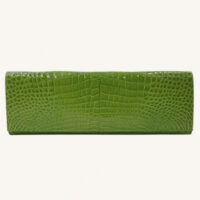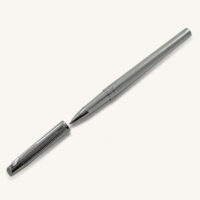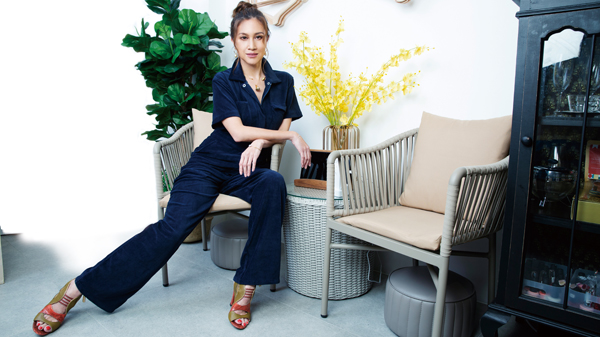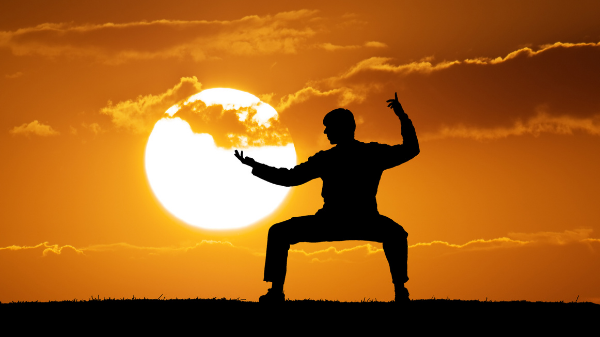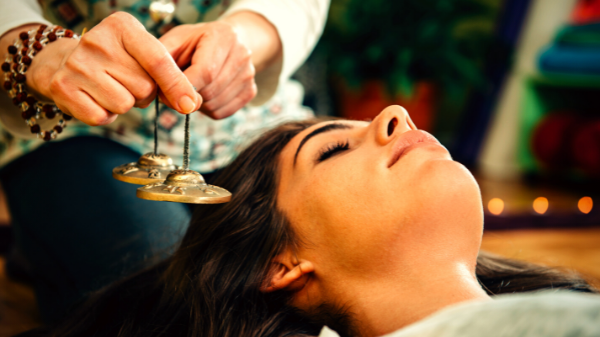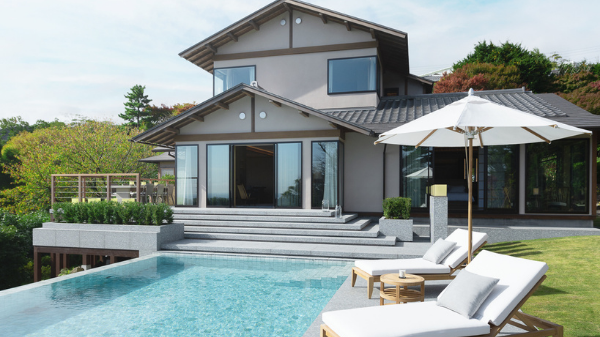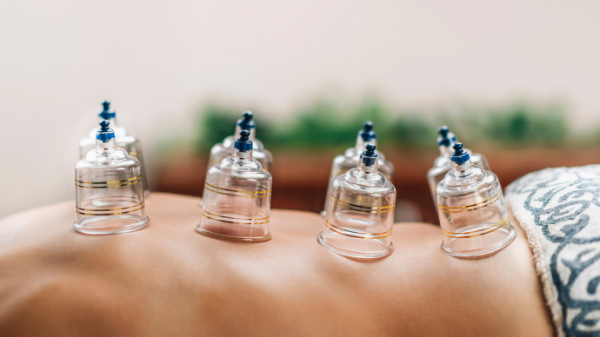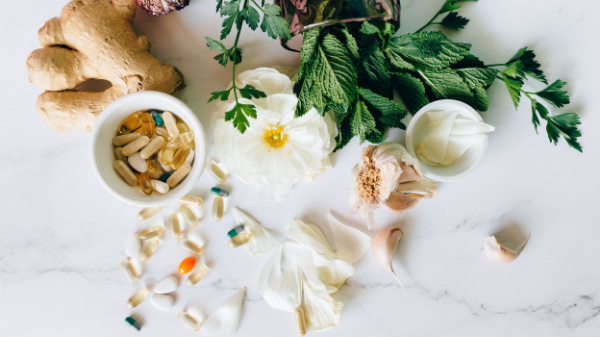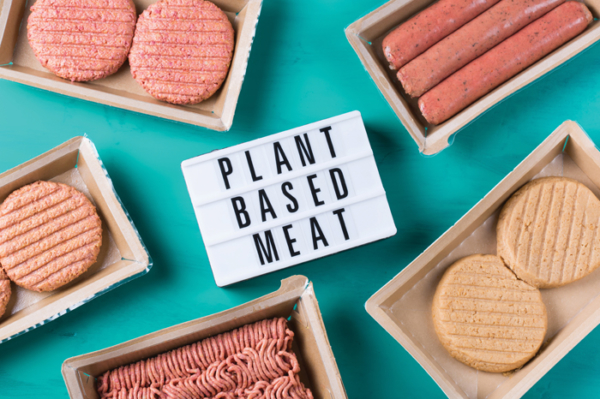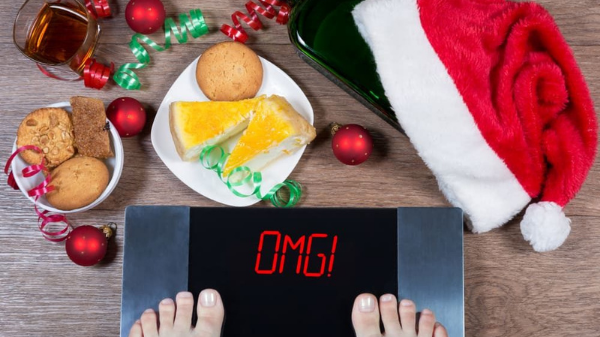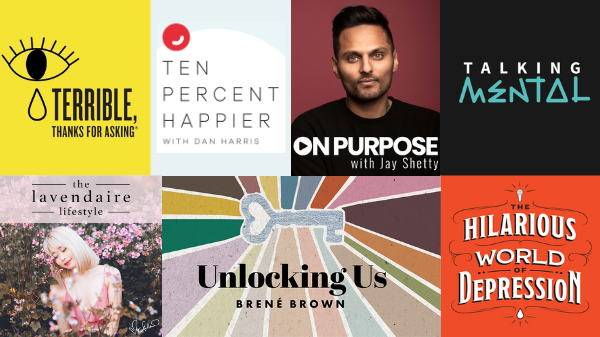Inspired by the warmth of cabins and chalets in the mountainous regions of Europe, Anna Flores brings over two decades of her wellness experience to Central’s buzziest urban sanctuary.
The Chaless Wellness and Beauty takes a contemporary approach. What inspired you to start this transformative beauty hub?
I’ve been in the wellness industry for over two decades now. From the moment I came to Hong Kong back in the ’90s and realised the potential of the beauty and wellness sector, I became actively involved in the spa business. The name Chaless, comes from the names of my three children, who bring immense love and joy in my life. I wanted the same love and light in my clients’ life as well.
Over the years, the concepts and foundation of beauty have evolved – its cleaner, gentler and more targeted now. My vision was to recreate a destination on the slow beauty lines and help my clients embrace the richness of massage and facials minus the harshness of fast treatments – and understand that skin health improves overall wellbeing.

What does wellness mean to you?
Wellness is a lot of things. It’s a holistic way of living, it’s about empowering us to look after themselves. It’s way beyond and deeper than makeup, skincare, or getting a massage; it’s the bond of self-care and self-love, of achieving an equilibrium of body, heart, mind and soul. That was the intention behind creating a wellness destination and not a beauty centre. I want our clients to relax, rejuvenate in this little oasis of zen and partake in the critical aspect of healing while they take care of the temple that is their body.
“Wellness is a lot of things. It’s a holistic way of living. It’s about empowering us to look after themselves and goes way beyond makeup and skincare”
How do you start your day?
I wake up and make up my bed. It’s important to begin the day with a tidy and structured frame of mind. A cup of coffee followed by morning exercise or simply stretching on busy days – it’s always good to carve out some ‘me time’ before my children wake up.
I have three kids. The eldest is in boarding school in England and the two little ones, six and eight years old are with me in Hong Kong. So, my routine really depends around them and whether they are at home or school. After tending to the family – if the spa is open – I will head over there and oversee the operations.
What’s the best part of your job?
Hands down it’s the people, my clients. I am gifted in looking after people, I love the customer service aspect of running a spa – right from listening to people, understanding their needs, having a tab on their feelings, and creating bespoke treatments. It’s a fulfilling aspect of my profession.

What do you do to unwind?
I love being alone as much as I love being in the company of friends and family. Whether it’s taking time out to read, hike, or just sit with my phone in peace. It’s so enriching to carve out ‘me time’ to reflect and re-energise.
If I don’t have to attend to the children, I’ll happily come for a massage or a facial. Being in the spa industry, I am always surrounded by people. I love that, but at times I need a break to drown out the noise, be in a still environment and feel cared for. Living in the moment, actively savouring and stretching every minute is critical to me. It adds richness and value in my life.
You have flawless skin. Could you share with us what your skincare routine is like?
[laughs] It’s not perfect, but I understand the anatomy of the skin. I pamper it when it needs the touch, leave it alone when it needs to breathe. Cleansing, eye creams, serums, facial essence and sunscreen are my must-do steps every day. Using a face roller, gua sha (a traditional Chinese medicine practice) or any other tools are integral in flushing out the toxins and tightening the facial muscles.
There is no magic formula that will work overnight, even the best products take months to show results. You’ve got to work hard to maintain what you have and it begins with identifying effective, powerful ingredients tailored for your skin concerns. Sometimes you might have to try many different formulas to find a suitable one. But once you identify what works, be diligent in your routine and mindful of your gut health and stress levels. Afterall, your skin is a true reflection of your lifestyle. Make it shine.
“I love the customer service aspect of running a spa – right from listening to people to creating bespoke treatments. It’s a fulfilling aspect of my profession”
What are the most common mistakes people make when it comes to skincare?
Understand the seasons and the changes they bring. Shake up the regimen accordingly otherwise your skin becomes used to the same ingredients rendering them ineffective over time. Invest in the right tools and products. They don’t have to be the most expensive, but the results from regularly using clean, targeted products are irrefutable. Remember to check the expiration date of your beauty products and clean beauty tools regularly to avoid bacterial build-up.
List five makeup products that can always be found in your handbag.
Reviving Marine Mist from Thalgo for a refreshing, remineralising skin boost; a plumping and a hydrating Lip Serum from Fresh; a good hand cream because our hands are always dry from sanitizers and constant cleansing; an eyeliner; and a bit of blush for a natural tint in the cheeks.

Opening a beauty business amid a pandemic is problematic. How did you manage the challenges of the last two years?
Back in January 2020, when the pandemic had just started, I eyed the current Aberdeen Street location – but with social restrictions at the time, and so much uncertainty on the horizon, I shelved the idea. In May 2021, with a strong belief in the city and the resilience of the people, I took the plunge and Chaless Wellness and Beauty opened its doors in August 2021. We’ve faced multiple Covid-related setbacks. It was very challenging but much like the spirit of Hong Kong, each time we bounce back stronger.
It wasn’t an easy time. While the beauty and fitness industry were shut down multiple times, we were paying salaries and rents, but our clients were very supportive and loyal. We are positive about the government’s move from hereon. Fingers crossed!

What’s your mantra for the year ahead?
Take a leap of faith. In my view, being afraid is a positive thing, it implies you’re aware of the consequences. Trust the process and don’t be held back by doubts. If it doesn’t work out then it’s a lesson, if it does then it calls for a celebration.
Though the fifth wave is behind us, Hong Kong is still on shaky ground. Could you offer any advice for someone starting out in the wellness business?
Understand finances because cash is king. Without financial resources it’s impossible to invest in talent, build a brand, let it grow and expect returns.
Thank You.
(Interview by: Nikita Mishra; Photographer: Jack Law; Art Direction and Styling: Jhoshwa Ledesma; Videographer: Jackie Chan; Hair and Makeup: Owen Ko; Venue: The Chaless Wellness and Beauty; Nails: The Chaless Wellness and Beauty)


